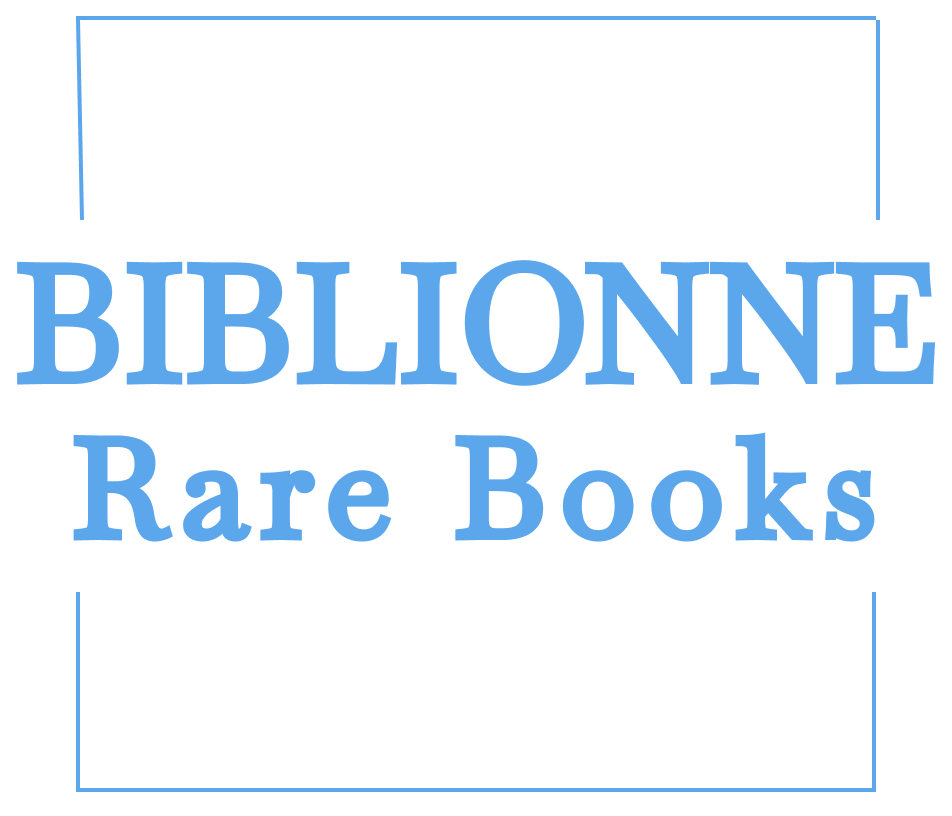Akim, Ia.
The Drummer's Letter. The only standalone edition.
The Drummer's Letter. The only standalone edition.
Couldn't load pickup availability
Akim, Ia. [The Drummer's Letter]. Pis'mo Barabanshchika.
Illustrations by V. Kul’kov.
[Moscow], Izdatel’stvo “Malysh”, 1964.
8vo, [16] pp.incl.wr., ill.
In original pictorial wrappers.
In good condition, lightly rubbed, some dog-earing.
The only standalone edition.
This book features a poem by children's poet and translator Iakov Akim (1923–2013) about a boy who dreams of growing a beard like Fidel Castro. After watching a film about the Cuban Revolution, he becomes inspired to join Castro and help liberate Cuba from the dictatorship of Fulgencio Batista. On the final page, we see the text of the boy’s letter to Castro, accompanied by an illustration of a postman delivering the letter to Castro as he speaks on stage.
Interestingly, this poem – connected to the Cuban Revolution – was first published in 1961 in the children’s magazine 'Murzilka' (No. 4), shortly after the revolutionary victory in January 1959.
Initially, the Soviet Union viewed the Cuban Revolution with skepticism. At the time, most in the USSR knew little about Cuba – it was rarely mentioned in newspapers, books, or films, and was seen as a distant, almost exotic island. According to later accounts by Soviet Premier Nikita Khrushchev, neither the Central Committee of the Communist Party nor the KGB had any clear understanding of who Castro was or what he was fighting for.
Gradually, however, Soviet attitudes shifted. Cuba’s revolutionary success offered the USSR an opportunity to extend its influence in the Western Hemisphere and challenge American dominance during the Cold War. In early 1960, Cuba and the Soviet Union established diplomatic and economic ties, culminating in trade agreements and military support from Moscow.
Beginning in the early 1960s, Cuba was introduced and increasingly romanticized in Soviet popular culture. Spanish language courses, Cuban culture weeks, and performances of Cuban revolutionary songs by groups like the Red Army Choir became common. Soviet publishers began releasing books by and about Cubans, including works by Cuban poets and revolutionaries. Moreover, in 1964, the Soviet-Cuban Friendship Society was established. Notably, Yuri Gagarin was named the society’s president, underscoring Cuba’s symbolic importance to Soviet ideology and diplomacy.
The relationship reached a dramatic peak during the Cuban Missile Crisis in October 1962, when the USSR deployed nuclear missiles on Cuban soil. The subsequent de-escalation disappointed Castro, who felt sidelined by Soviet decision-making. To repair relations, the USSR invited Castro for a state visit in 1963, during which he became the first foreign leader to stand on the tribune of Lenin’s Mausoleum and observe the May Day parade.
The illustrations for the book were created by Vladimir Kul’kov (1928-?), a children’s book illustrator.
OCLC locates one copy of this edition in the US only: at Stanford University. There is one copy in the Berlin State Library.








